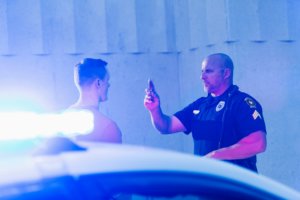DRUGGED DRIVING Drugged driving is deadly. And preventable.

Reposted from MADD Natiaonl Website…
Driving under the influence of any drug, legal or illegal, all too often leads to tragic, irreversible consequences that shatter families and reverberate across communities. With a growing number of states legalizing recreational marijuana, the national opioid crisis, and the prevalence of prescription drug use, MADD is committed to educating the public and advocating for policies based on proven research and data.
What we know: Studies show driving under the influence of at least one impairing drug, including alcohol, marijuana, and medications like opioids, stimulants and anti-depressants, is on the rise. A recent review at five trauma centers of fatally injured and seriously injured drivers showed 64% had at least one impairing substance in their system in the second quarter of 2020. Combining one or more impairing substance, called poly-drugged driving, is even more dangerous than using each substance alone, leading to greater impairment and a greater risk of causing a crash.
A critical step in the battle to stop drug-impaired driving is understanding Americans’ attitudes and awareness toward alcohol, marijuana and prescription drugs, the laws regulating their use and the risks of consuming and driving.
What the public says: In February 2020, MADD commissioned IPSOS, a global leader in market research, to conduct a nationwide survey of adult perceptions and behaviors related to marijuana impaired driving. The survey results were alarming: 1 in 8 adults admitted to driving within two hours of consuming marijuana.
In June 2021, IPSOS conducted a second survey for MADD on behaviors and attitudes toward prescription medications – opioids, stimulants and anti-depressants – with even more frightening results. One in 5 adults said they had, or know someone who has, driven within two hours of consuming one or more impairing substances, including prescription medications, marijuana and alcohol.
Looking ahead: The findings of both surveys will drive our mission to educate, advocate for stronger laws, push for more research and support specialized training for law enforcement to identify and remove drug-impaired drivers threatening the safety of their communities.
As the risk of impaired drivers on our roadways increases, there is still much to learn about how to measure impairment by drugs other than alcohol. Determining the impairment threshold for other drugs is more complicated than the standard .08 blood alcohol concentration measurement that exists for alcohol impairment. More research is needed to establish a standard for differentiating between the mere presence of drugs and impairment.
What you can do: Talk to your medical provider about your medications, the potential side effects, and any potential interactions that could affect your driving. Reading the warning labels on prescription and over-the-counter medications and taking them seriously is key to preventing tragedy on our roads.
The growing number of victims of drug-impaired driving are at the heart of our efforts to bring attention to this increasing public safety threat. We need everyone’s help to stop these senseless and 100 percent preventable crimes. Designate a non-drinking, non-consuming driver after consuming any impairing substance and if side effects of medications are not fully understood. Don’t risk your life and the lives of others by driving impaired. It will take all of us to eliminate drug-impaired driving. Together, we can create a nation of NO MORE VICTIMS.
MADD Cannabis Report: America’s Perception on Consumption and Road Risk https://online.flippingbook.com/view/454750/
Rx Medications & Poly-Drugged Driving: America’s Perception on Consumption and Road Risk https://online.flippingbook.com/view/857984669/
HOW DO WE FIGHT DRUGGED DRIVING?
The best way to stop drugged driving is to do more drunk driving enforcement.
Law enforcement officers are our best allies in the effort to reduce drugged driving and make our roads safe. Much like with drunk driving, the best way to deter and detect would-be drugged drivers is through the use of high-visibility enforcement tactics. These include sobriety checkpoints and saturation patrols.

Because of the wide array of drugs and their varying levels of impairment, training is key to ridding our roadways of drugged drivers. That’s why MADD supports the full implementation of specialized training programs to assist law enforcement officers in detecting drugged drivers.
It’s more important than ever for MADD to be at the table to make sure that impaired driving does not increase as new laws go into effect and public attitudes change. While research and evidence remains unclear into the impacts of drugged driving, we do know that the same tools and strategies that stop drunk driving will stop drugged driving, too.
